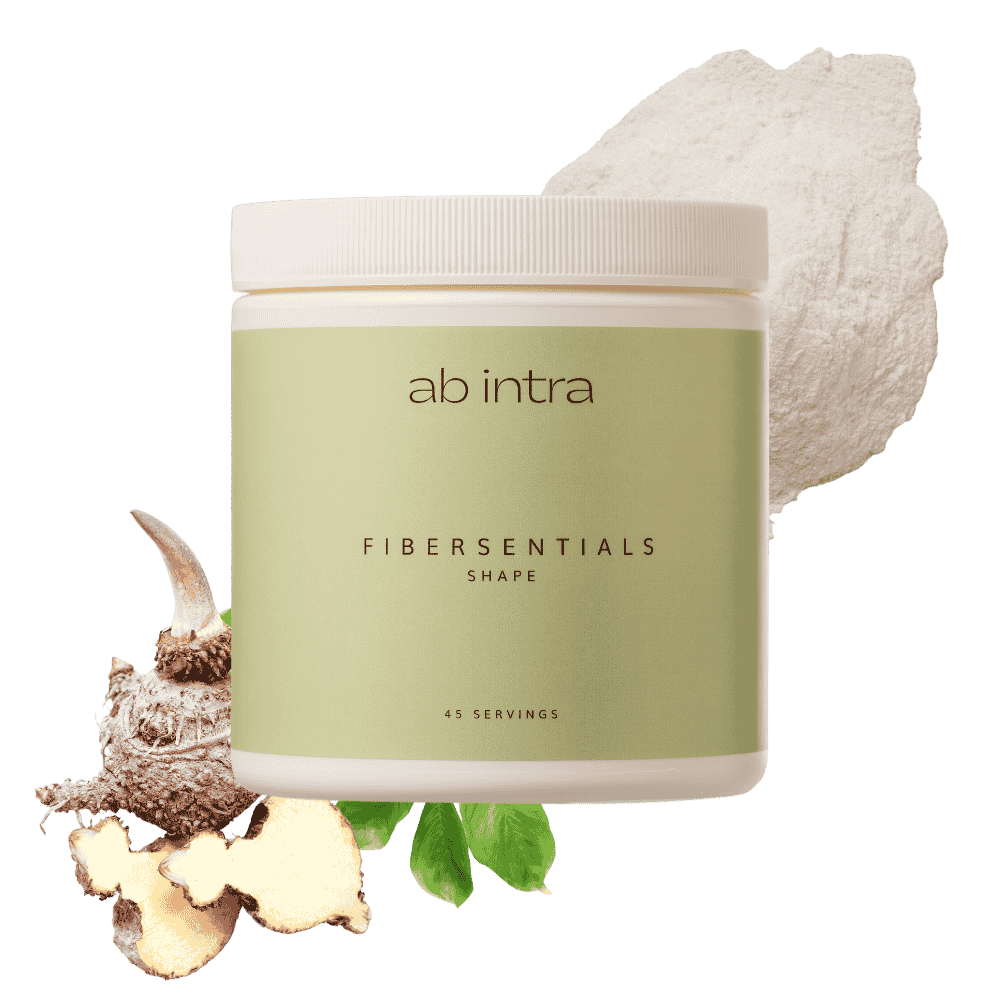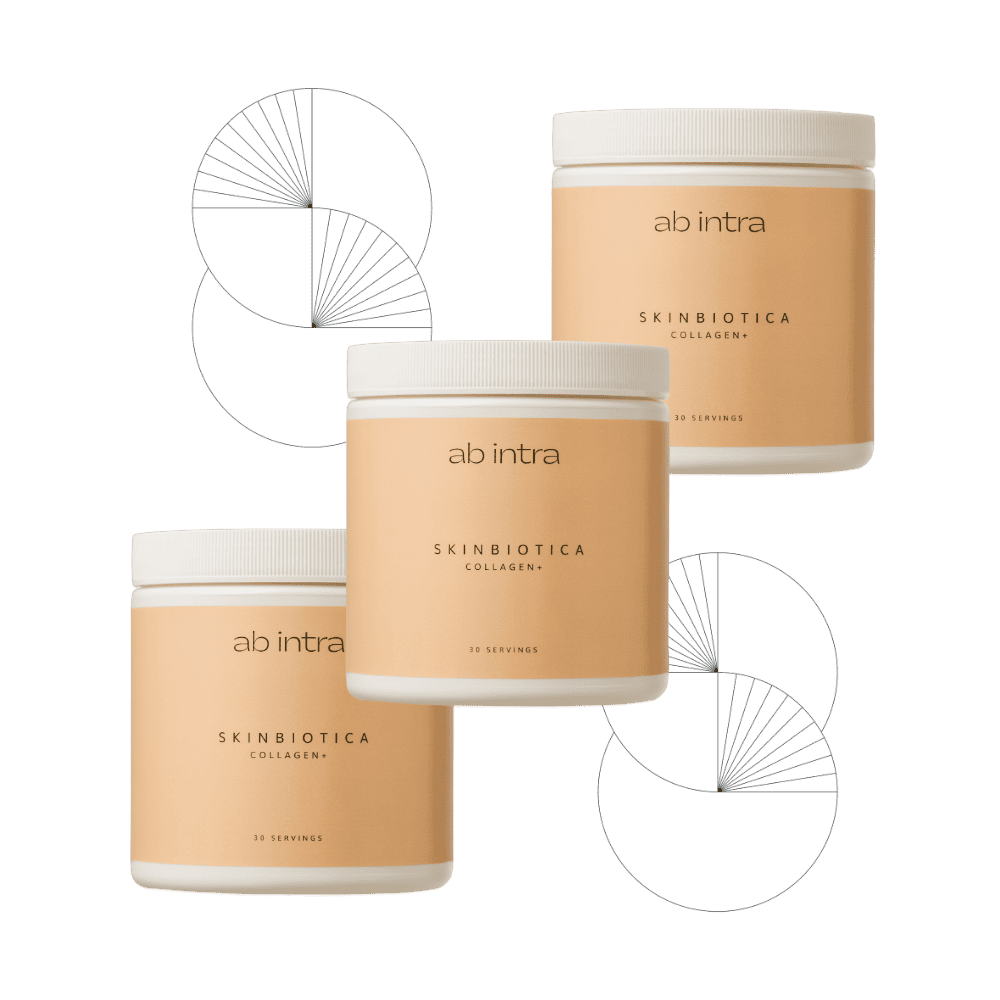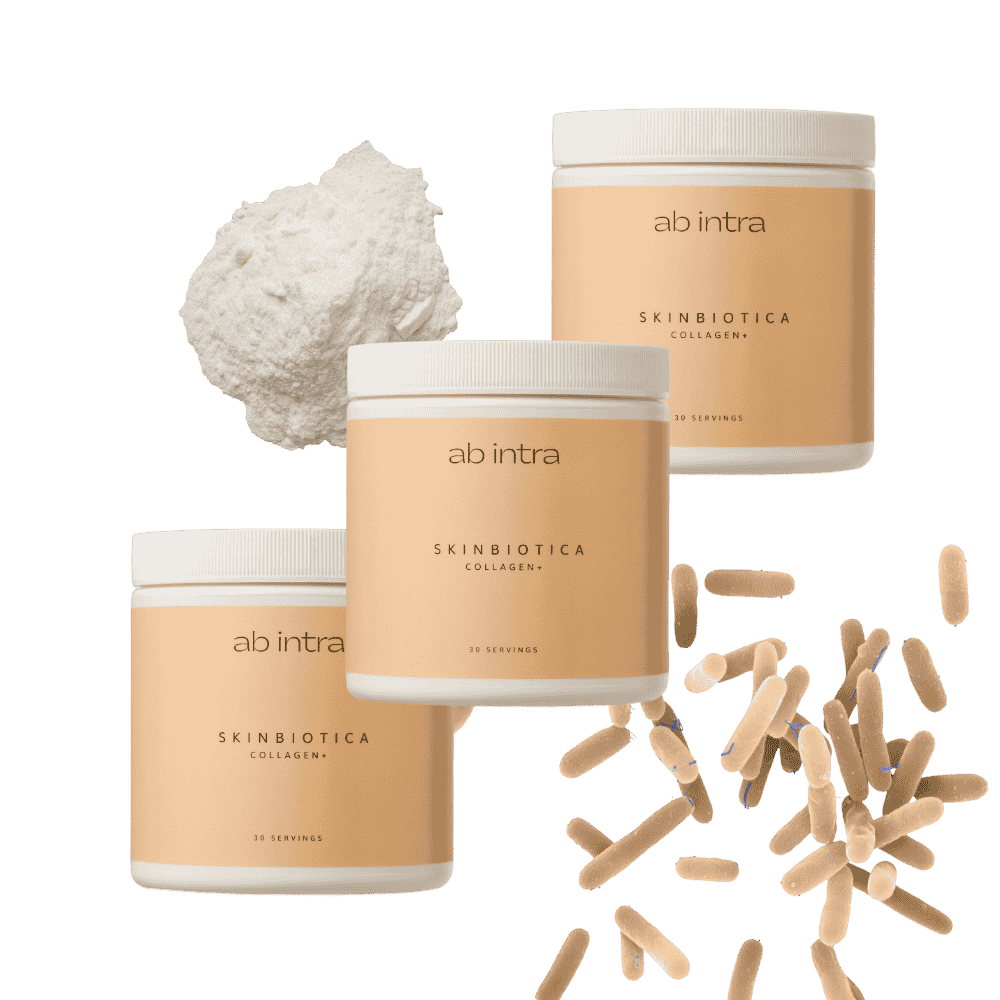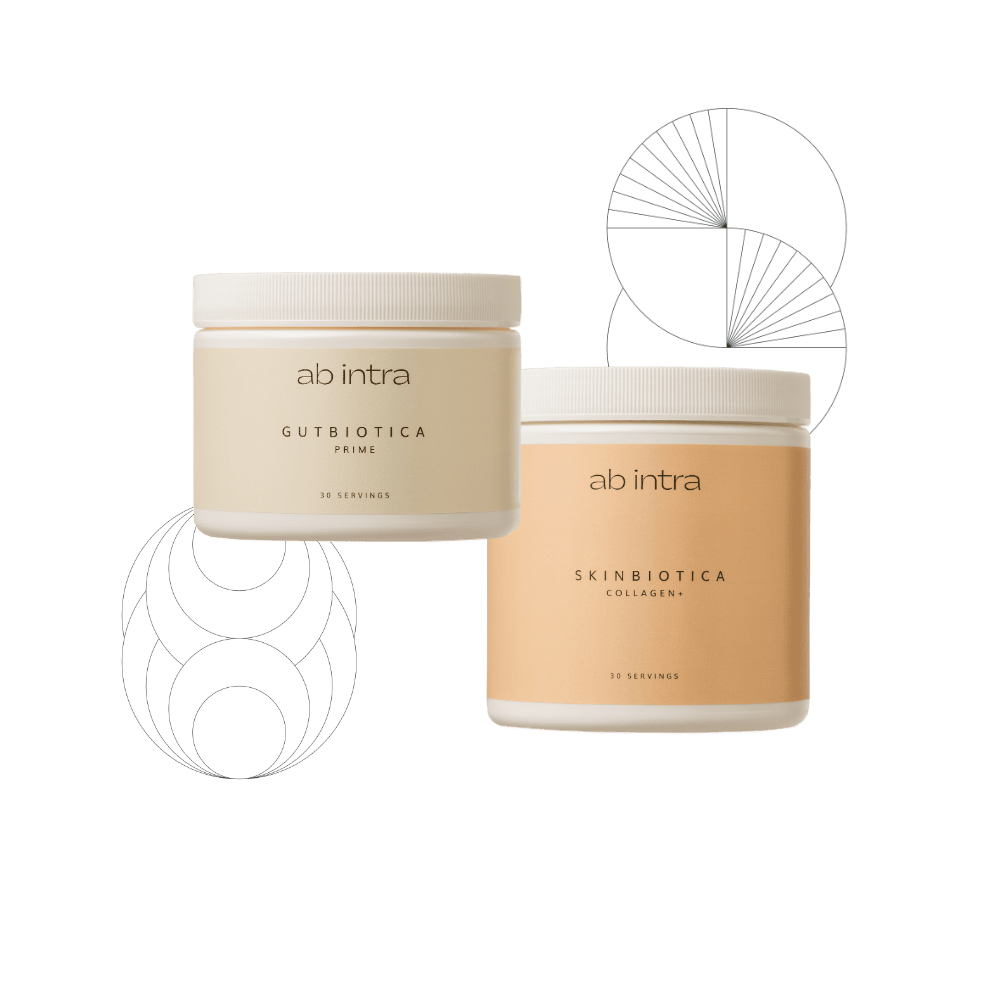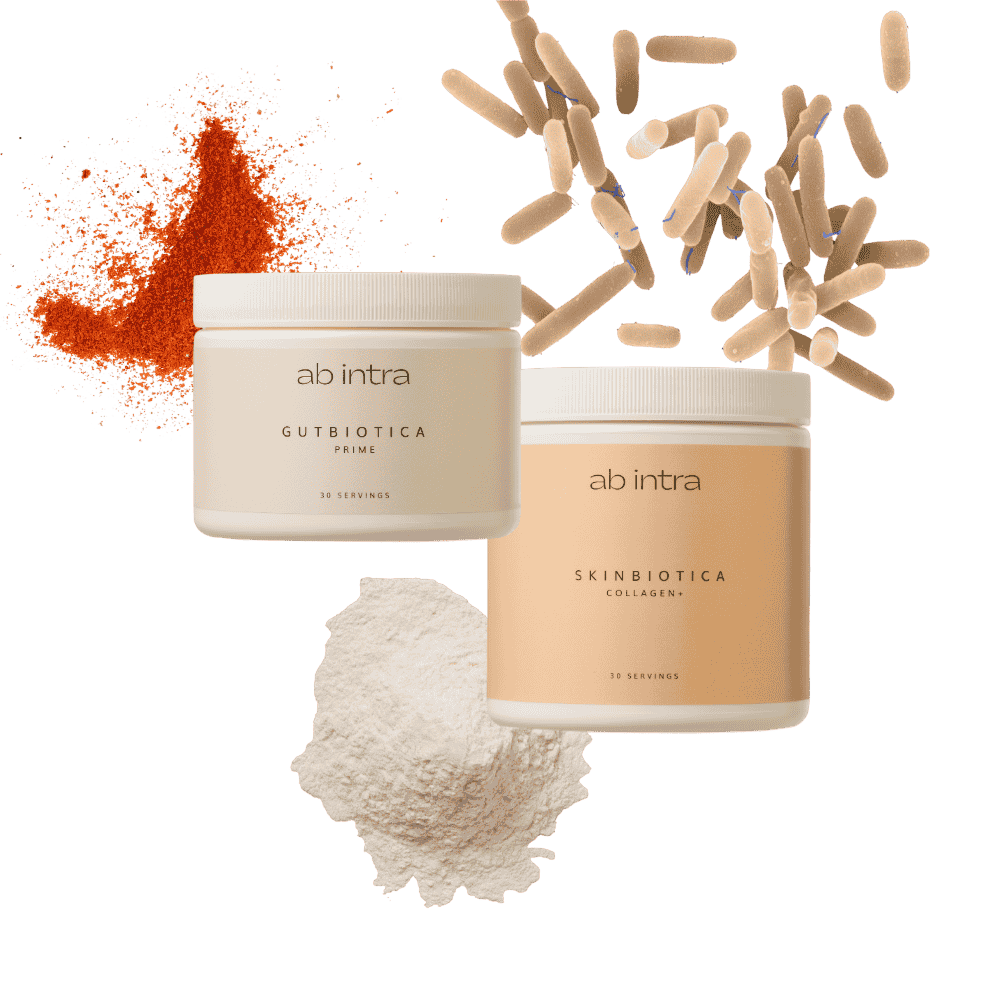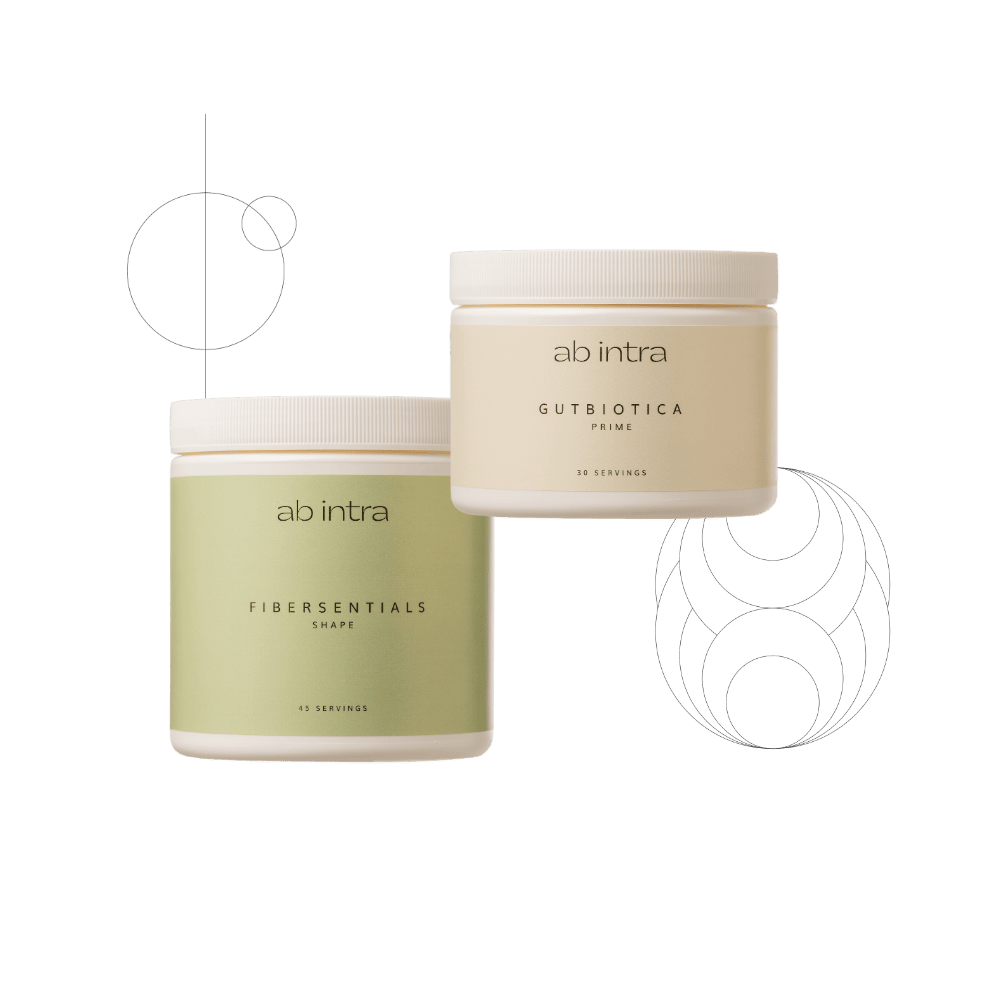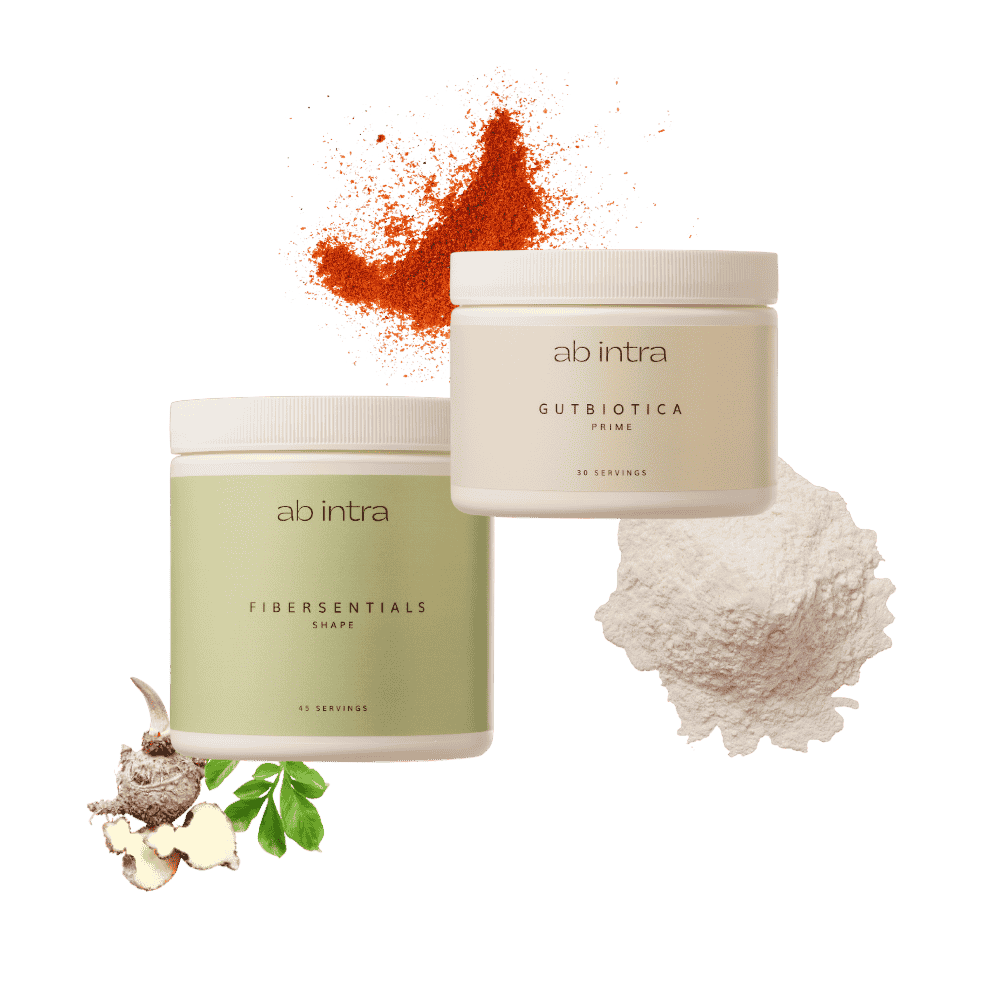Despite its well-documented health benefits, dietary fiber remains one of the most neglected nutrients in modern diets. The majority of people consume far less than they should, creating what nutrition scientists call the fiber gap. But what exactly is this gap, why does it matter, and most importantly, how can we close it?
How Big Is the Fiber Gap?
In the Netherlands, the Health Council recommends 3.4 g of fiber per megajoule (MJ) or 14 g per 1000 kcal, equivalent to around 30 g/day for women and 40 g/day for men [1]. Yet median intake is just 18.9 g for women and 23.5 g for men, averaging 21 g [2]. Only ~10% of men and just over 5% of women meet the recommendation [1].
Compared internationally, the Netherlands is still ahead of many countries:
- UK: 19 g/day, with only 4% of women and 13% of men meeting targets [3]
- US: 17 g/day [4]
- Oceania & parts of sub-Saharan Africa: 16–20 g/day [5]
- Asia: 8–10 g/day [5]
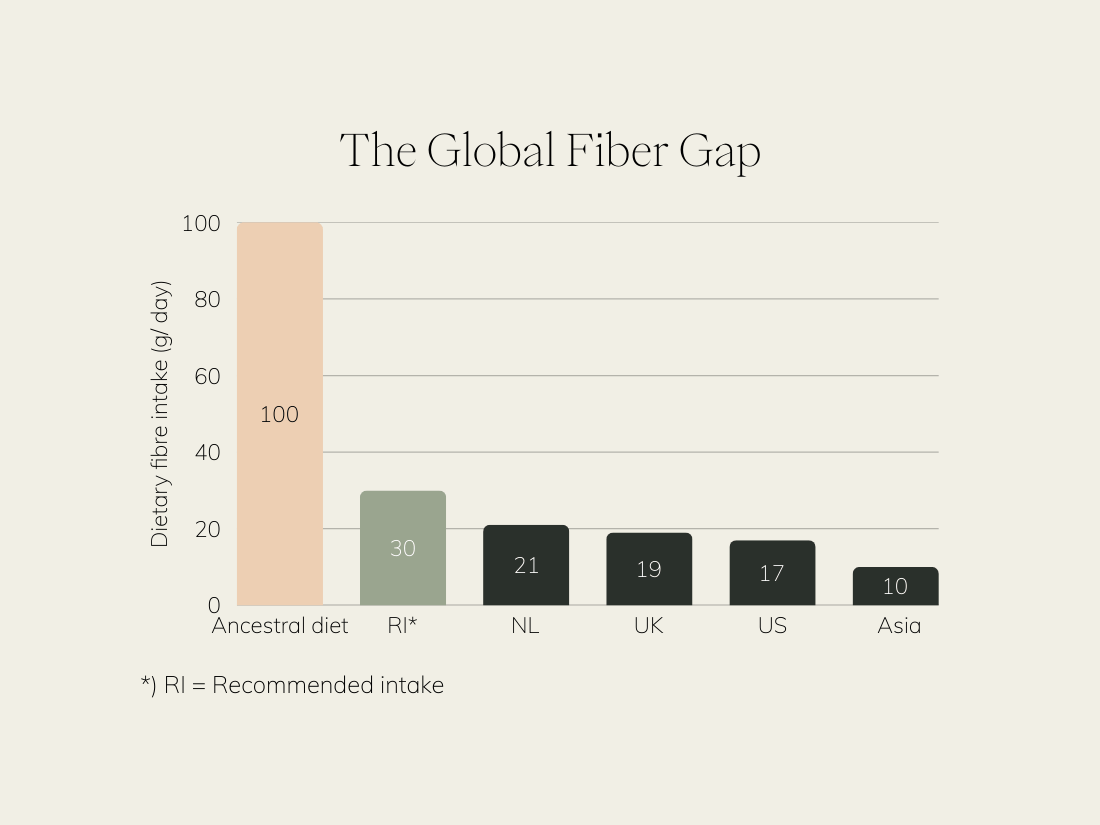
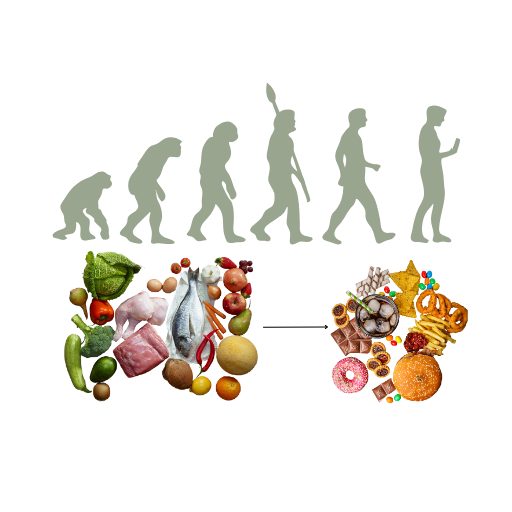
From Past to Present: A Dramatic Mismatch
Our current intakes are not just below recommendations. They’re a fraction of what our ancestors consumed. Prehistoric diets likely contained 100+ g/day of fiber from roots, vegetables, fruits, and nuts [6].
This is more than a nutritional gap, it’s an evolutionary mismatch. Our gut microbiome evolved in an environment rich in diverse plant fibers, and today we are starving it. Without enough dietary fiber, beneficial microbes lose their preferred fuel, microbial diversity declines, and opportunistic species can take over [7]. The result is reduced short-chain fatty acid (SCFA) production, a weakened gut barrier, increased inflammation, and ripple effects that reach the immune system, metabolism, and even skin health.
High-fiber diets, particularly from plant-based sources, are linked to reduced biomarkers for colon cancer, improved cholesterol levels, and increased SCFA production [8,9].
Observational studies show strong protective associations between higher fiber intake and:
- Cardiovascular disease [10]
- Stroke [11]
- Type 2 diabetes [8,12]
- Colorectal cancer [8]
- Diverticular disease [13]
- Breast cancer (although weaker association) [14].
Higher fiber intake also correlates with lower rates of cardiovascular disease and all-cause mortality [8,12,15,16]. Meta-analyses suggest a 15–16% reduced risk of all-cause mortality among high-fiber consumers compared with low-fiber consumers [8,12].
The good news is, the body responds rapidly to dietary change. In one study, African Americans switched from a high-fat, low-fiber diet to the high-fiber diet typical in rural South Africa. Within 2 weeks, their microbiome composition, metabolic activity, and inflammatory markers shifted, reducing colonic inflammation and improving gut health [17].

Ultra-processed foods dominate modern diets but contribute little to fiber intake. In the US, over half of daily calories come from ultra-processed foods—61.9% in youth and 53% in adults [26].
Why We Fall Short
Before exploring how to raise fiber intake, it helps to understand how we ended up here in the first place. This is not about personal willpower or a lack of desire to eat well, it’s largely about the environment we live in.
One of the biggest drivers is the (ultra) processed-food convenience culture. Ready-to-eat and highly processed products often displace whole foods on our plates. They are everywhere, promoted through relentless marketing, easy to find, quick to prepare, and generally cheaper [18]. They help families stretch grocery budgets and save time, but they are also engineered for “hyper-palatability” [19] through additives that enhance mouthfeel, extend shelf-life, which, in some cases, also alter the gut microbiota. Synthetic emulsifiers such as carboxymethylcellulose (CMC) and polysorbate-80 are clear examples [20]. This is an industry-driven reality, which is why there have been calls for reformulation to improve population diet quality [21].
Refined grains illustrate the scale of the problem. In Europe and North America, grain-based foods are the top contributors to dietary fiber [22]. But much of it is refined, stripping away around 80% of the fiber during processing. Fortifying white flour and flour-based products, which dominate the Western diet, is an untapped opportunity to significantly raise fiber intake. A statistical modelling study predicted that replacing 50% of the UK’s processed foods with products fortified with just ~3 g of fiber could cut the risk of type 2 diabetes and cardiovascular disease by over 70% [23]—a staggering figure.
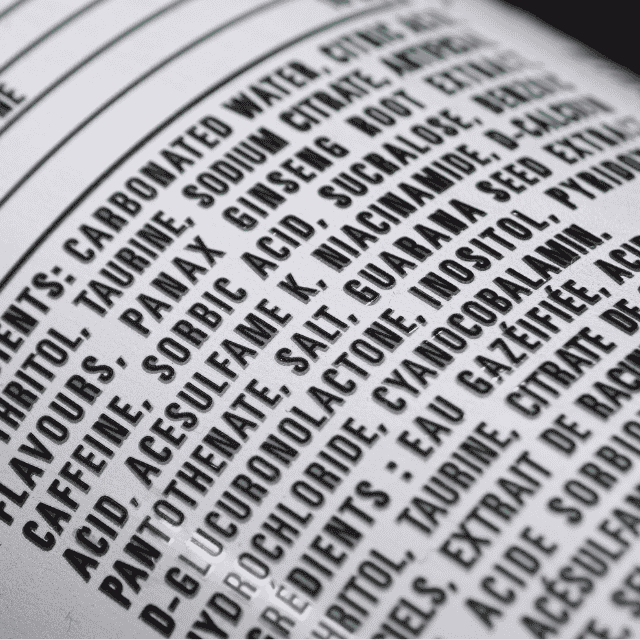
Explainer Text: What Counts as Ultra-Processed Food (UPF)?
Ultra-processed foods (UPFs) are industrial formulations made mostly from refined ingredients and additives, with little or no whole food left intact. They are typically:
Hyperpalatable: engineered for taste and texture.
Energy-dense, fiber-poor: high in calories but low in nutrients.
Ingredient-heavy: often with a long, unfamiliar list of additives.
Packaged & marketed: designed for convenience and shelf-life.
Nutritionally unbalanced: rich in salt, sugar or sweeteners, and unhealthy fats.
Common examples include sugary drinks, packaged snacks, instant noodles, fast-food meals, and refined baked goods.
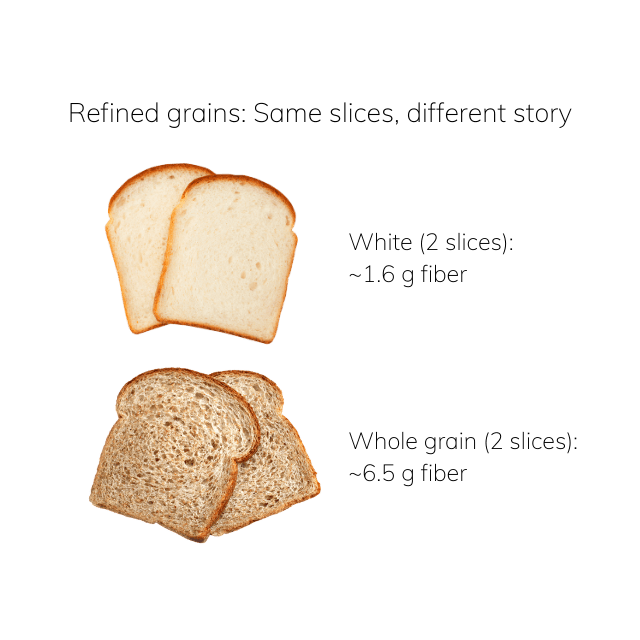
Awareness is another barrier. Many people underestimate the amounts of fruit, vegetables, and whole grains needed to meet daily fiber targets, or struggle to distinguish wholegrain from refined grain products [24,25].
Cultural trends also play a role. Popular low-carb diets such as paleo, keto, and gluten-free can inadvertently remove fiber-rich staples from the diet. While reducing added sugars and refined carbohydrates can be beneficial, these diets often fail to suggest alternative sources to replace the lost fiber.
Bridging the Gap: What the Evidence Says
While matching our ancestors’ 100+ g/day is unrealistic, meta-analyses show that even modest increases beyond 25–29 g/day bring measurable benefits [8]. This underpins the Dutch recommendation of 30 g/day for women and 40 g/day for men [1], but the benefits don’t stop there.
Higher intakes (≥45 g/day) can further boost SCFA production and activate fiber-degrading enzymes in the gut [27,28]. Dose–response curves suggest that additional gains can be expected from even higher intakes [8]. In practice, this is not theoretical: in the African American diet-switch study mentioned earlier, participants averaged 55 g/day and saw profound gut microbiome changes within just two weeks [17].
In a review, O’Keefe (2019) links taking 50 g/day with longer lifespan, improve quality of life, and significantly reduce healthcare costs [29].
The takeaway: Every extra gram matters. Fiber’s benefits are dose-dependent, so whether you add 5 g or 15 g, your body will notice the difference.
Closing the Fiber Gap: Strategies That Work
Bridging the gap starts with knowing two things:
- How much you need — and the global guidelines are a good starting point.
- WHO: At least 400 g (five portions) of fruit and vegetables per day
- USA: Two cups of fruit and 2.5 cups of vegetables per day (based on a 2000 kcal diet)
- UK: Five a day (two fruit and three vegetables, 80 g each)
- Netherlands: 250 g of vegetables and 200 g of fruit daily
- What’s on your plate — not all foods contribute equally. For example, grapes contain less fiber per serving than apples. That doesn’t mean you can’t eat grapes, it simply means you can pair them with higher-fiber foods to reach your daily goal.

A trend worth following: fibermaxxing.
We don’t usually subscribe to diet fads, but there’s one trend we’re fully behind: fibermaxxing. The idea is simple: make every meal and snack an opportunity to maximize fiber. Think of it as weaving more fiber into your daily choices without radical restriction. Practical fibermaxxing tips include:
- Building meals around legumes, vegetables, and whole grains.
- Choosing snacks like nuts, roasted chickpeas, or fruit with the skin on.
- Upgrading recipes with fiber boosters such as flax, chia, or psyllium husk.
Doubling up on vegetables, e.g. adding spinach to pasta sauce, grated carrots to porridge, or extra broccoli to stir-fries.
How to Make the Shift
1. Eliminate: Cut Back on the Fiber Thieves
- Ultra-processed foods that crowd out nutrient-dense options.
- Refined grains like white bread, white pasta, and many breakfast cereals stripped of their fiber content.
- Overly processed snacks high in sugar and fat that displace whole-food fiber sources from your diet.
2. Swap: Smart Changes for More Fiber
- White bread → whole grain or rye bread.
- White pasta → whole wheat, legume-based, or buckwheat pasta.
- White rice → brown rice or cauliflower rice.
- Breakfast cereals → rolled oats or muesli.
- Regular pasta sauce → fiber-rich alternatives like bean-based or cauliflower-based sauces (try a white bean pasta sauce or a creamy cauliflower sauce for inspiration).
- Fruit juice → whole fruit.
- Processed snacks → roasted chickpeas, nuts, or air-popped popcorn.
- Replace some meat in dishes with beans or lentils for both protein and fiber.
3. Add: The Underused and Overlooked
- Legumes, nuts, and seeds — fiber-dense and often missing from daily meals [22].
- Frozen and canned (low-sodium) vegetables and beans — convenient and just as nutritious as fresh.
- Whole grains like oats, quinoa, and barley for sustained energy and gut-friendly fiber.
- Seeds such as flax and chia—easy fiber boosters for yogurt, smoothies, or porridge.
Whole Food First — Our Integrity Promise
We’ll say what others won’t.
At AB INTRA, we openly acknowledge this: Whole foods will always be the gold standard for fiber. We sell supplements and we’ll still tell you that.
However, some isolated or synthetic fibers, such as glucomannan for cholesterol reduction or galactooligosaccharides (GOS) for gut microbiota modulation, have well-demonstrated, clinically supported benefits when used at the right dose.
Our Fibersentials range is built with that in mind: precision-selected fibers, each backed by solid science, designed to complement, not replace, the diverse fibers in a whole-food diet.
4. Supplement When Needed
Life, health, and preferences can make hitting fiber goals a challenge. That’s where Fibersentials FLOW and Fibersentials SHAPE come in—science-backed, concentrated fibers formulated to fill in the gaps and keep your microbiome thriving.
5. Start Slow, Go Steady
Jumping from low to high fiber overnight can cause temporary bloating or gas. This is simply your microbiome adjusting to its new menu. Increase gradually, drink enough water, and let your gut adapt.
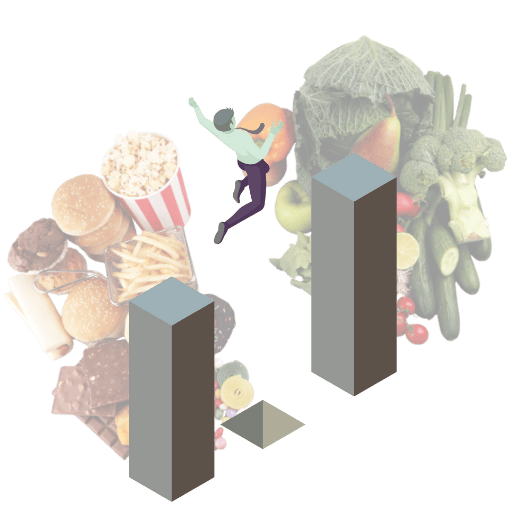
Conclusion: This Is a Long Game
The fiber gap is a sign of how far our diets have drifted from the ones we evolved to thrive on. You don’t have to aim for 100 g/day like our ancestors. But moving toward, and even beyond, today’s recommendations can transform gut and whole-body health.
Start with one change. Keep going. Let your diet and microbiome adapt. Every gram counts—and your gut will thank you.
References
Gezondheidsraad, “Guideline for dietary fibre intake (No. 2006/03E),” The Hague, 2006.
E. L. Sanderman-Nawijn, H. A. M. Brants, C. S. Dinnissen, M. C. Ocké, and C. T. M. van Rossum, “Energy and nutrient intake in the Netherlands. Results of the Dutch National Food Consumption Survey 2019-2021,” De inname van energie en voedingsstoffen in Nederland. Resultaten van de Nederlandse voedselconsumptiepeiling 2019-2021. Rijksinstituut voor Volksgezondheid en Milieu RIVM, 2024.
Public Health England FSA, “National Diet and Nutrition Survey Results from Years 7 and 8 (combined) of the Rolling Programme (2014/2015 to 2015/2016),” 2018.
U.S. Department of Agriculture, “What We Eat in America, NHANES 2017–2018: Usual Nutrient Intakes from Food and Beverages, by Gender and Age,” 2020.
A. Afshin et al., “Health effects of dietary risks in 195 countries, 1990-2017: a systematic analysis for the Global Burden of Disease Study 2017,” Lancet, vol. 393, no. 10184, pp. 1958–1972, May 2019, doi: 10.1016/S0140-6736(19)30041-8.
S. Jew, S. S. AbuMweis, and P. J. H. Jones, “Evolution of the Human Diet: Linking Our Ancestral Diet to Modern Functional Foods as a Means of Chronic Disease Prevention,” J. Med. Food, vol. 12, no. 5, pp. 925–934, Oct. 2009, doi: 10.1089/jmf.2008.0268.
E. D. Sonnenburg and J. L. Sonnenburg, “The ancestral and industrialized gut microbiota and implications for human health,” Nat. Rev. Microbiol., vol. 17, no. 6, pp. 383–390, 2019, doi: 10.1038/s41579-019-0191-8.
A. Reynolds, J. Mann, J. Cummings, N. Winter, E. Mete, and L. Te Morenga, “Carbohydrate quality and human health: a series of systematic reviews and meta-analyses,” Lancet, vol. 393, no. 10170, pp. 434–445, Feb. 2019, doi: 10.1016/S0140-6736(18)31809-9.
D. J. A. Jenkins et al., “Effect of a very-high-fiber vegetable, fruit, and nut diet on serum lipids and colonic function,” Metab. – Clin. Exp., vol. 50, no. 4, pp. 494–503, Apr. 2001, doi: 10.1053/meta.2001.21037.
Y. Wu et al., “Association between dietary fiber intake and risk of coronary heart disease: A meta-analysis,” Clin. Nutr., vol. 34, no. 4, pp. 603–611, 2015, doi: https://doi.org/10.1016/j.clnu.2014.05.009.
Z. Zhang, G. Xu, D. Liu, W. Zhu, X. Fan, and X. Liu, “Dietary fiber consumption and risk of stroke,” Eur. J. Epidemiol., vol. 28, no. 2, pp. 119–130, 2013, doi: 10.1007/s10654-013-9783-1.
N. Veronese et al., “Dietary fiber and health outcomes: an umbrella review of systematic reviews and meta-analyses,” Am. J. Clin. Nutr., vol. 107, no. 3, pp. 436–444, 2018, doi: https://doi.org/10.1093/ajcn/nqx082.
D. Aune, A. Sen, T. Norat, and E. Riboli, “Dietary fibre intake and the risk of diverticular disease: a systematic review and meta-analysis of prospective studies,” Eur. J. Nutr., vol. 59, no. 2, pp. 421–432, 2020, doi: 10.1007/s00394-019-01967-w.
D. Aune et al., “Dietary fiber and breast cancer risk: a systematic review and meta-analysis of prospective studies,” Ann. Oncol., vol. 23, no. 6, pp. 1394–1402, 2012, doi: https://doi.org/10.1093/annonc/mdr589.
Y. Yang, L.-G. Zhao, Q.-J. Wu, X. Ma, and Y.-B. Xiang, “Association Between Dietary Fiber and Lower Risk of All-Cause Mortality: A Meta-Analysis of Cohort Studies,” Am. J. Epidemiol., vol. 181, no. 2, pp. 83–91, Jan. 2015, doi: 10.1093/aje/kwu257.
L. Liu, S. Wang, and J. Liu, “Fiber consumption and all-cause, cardiovascular, and cancer mortalities: A systematic review and meta-analysis of cohort studies,” Mol. Nutr. Food Res., vol. 59, no. 1, pp. 139–146, Jan. 2015, doi: https://doi.org/10.1002/mnfr.201400449.
S. J. D. O’Keefe et al., “Fat, fibre and cancer risk in African Americans and rural Africans,” Nat. Commun., vol. 6, no. 1, p. 6342, 2015, doi: 10.1038/ncomms7342.
P. Baker et al., “Ultra-processed foods and the nutrition transition: Global, regional and national trends, food systems transformations and political economy drivers,” Obes. Rev., vol. 21, no. 12, p. e13126, Dec. 2020, doi: https://doi.org/10.1111/obr.13126.
C. A. Monteiro et al., “Ultra-processed foods: what they are and how to identify them,” Public Health Nutr., vol. 22, no. 5, pp. 936–941, 2019, doi: DOI: 10.1017/S1368980018003762.
B. Chassaing, T. Van de Wiele, J. De Bodt, M. Marzorati, and A. T. Gewirtz, “Dietary emulsifiers directly alter human microbiota composition and gene expression ex vivo potentiating intestinal inflammation,” Gut, vol. 66, no. 8, pp. 1414 LP – 1427, Aug. 2017, doi: 10.1136/gutjnl-2016-313099.
D. K. Tobias and K. D. Hall, “Eliminate or reformulate ultra-processed foods? Biological mechanisms matter,” Cell Metab., vol. 33, no. 12, pp. 2314–2315, Dec. 2021, doi: 10.1016/j.cmet.2021.10.005.
A. M. Stephen et al., “Dietary fibre in Europe: current state of knowledge on definitions, sources, recommendations, intakes and relationships to health,” Nutr. Res. Rev., vol. 30, no. 2, pp. 149–190, 2017, doi: DOI: 10.1017/S095442241700004X.
K. Canene-Adams, I. Laurie, K. Karnik, B. Flynn, W. Goodwin, and S. Pigat, “Estimating the potential public health impact of fibre enrichment: a UK modelling study,” Br. J. Nutr., vol. 128, no. 9, pp. 1868–1874, 2022, doi: DOI: 10.1017/S0007114521004827.
P. Wilde, J. L. Pomeranz, L. J. Lizewski, and F. F. Zhang, “Consumer confusion about wholegrain content and healthfulness in product labels: a discrete choice experiment and comprehension assessment,” Public Health Nutr., vol. 23, no. 18, pp. 3324–3331, 2020, doi: DOI: 10.1017/S1368980020001688.
R. Korczak and J. L. Slavin, “Definitions, regulations, and new frontiers for dietary fiber and whole grains,” Nutr. Rev., vol. 78, no. Supplement_1, pp. 6–12, Aug. 2020, doi: 10.1093/nutrit/nuz061.
A. M. Williams, C. A. Couch, S. D. Emmerich, and D. F. Ogburn, “Ultra-processed Food Consumption in Youth and Adults: United States, August 2021–August 2023,” 2025. https://dx.doi.org/10.15620/cdc/174612.
D. So et al., “Dietary fiber intervention on gut microbiota composition in healthy adults: a systematic review and meta-analysis,” Am. J. Clin. Nutr., vol. 107, no. 6, pp. 965–983, 2018, doi: https://doi.org/10.1093/ajcn/nqy041.
H. C. Wastyk et al., “Gut-microbiota-targeted diets modulate human immune status,” Cell, vol. 184, no. 16, pp. 4137-4153.e14, Aug. 2021, doi: 10.1016/j.cell.2021.06.019.
S. J. O’Keefe, “The association between dietary fibre deficiency and high-income lifestyle-associated diseases: Burkitt’s hypothesis revisited,” Lancet Gastroenterol. Hepatol., vol. 4, no. 12, pp. 984–996, Dec. 2019, doi: 10.1016/S2468-1253(19)30257-2.
Next in Your Gut Health Journey
Explore further the fascinating world of gut health. Because better health is built one insight at a time.
Where Your Gut Meets Science
€ 269,85 Original price was: € 269,85.€ 214,95Current price is: € 214,95. incl. VAT
Consistency meets radiance. A 3-month supply of Skinbiotica COLLAGEN+—science-backed skin nutrition to support skin collagen, elasticity, and glow from within.
€ 209,90 Original price was: € 209,90.€ 179,95Current price is: € 179,95. incl. VAT
Complete beauty from within—Gutbiotica PRIME provides comprehensive microbiome support while Skinbiotica COLLAGEN+ promotes radiant and elastic skin.
€ 164,90 Original price was: € 164,90.€ 139,95Current price is: € 139,95. incl. VAT
A smart pairing for gut microbiome and weight support with Gutbiotica CORE and Fibersentials SHAPE to maintain a happy gut and support satiety naturally.
